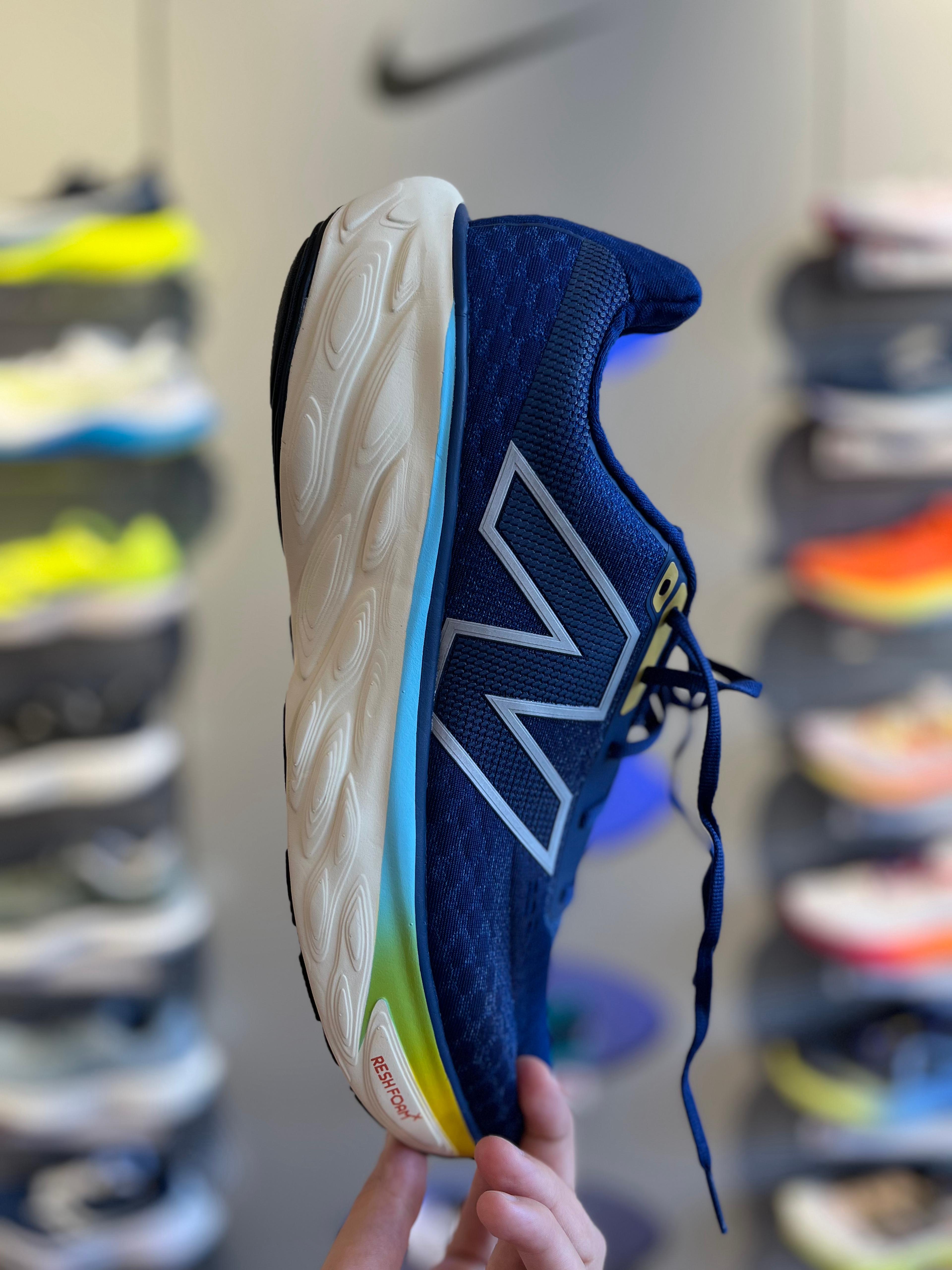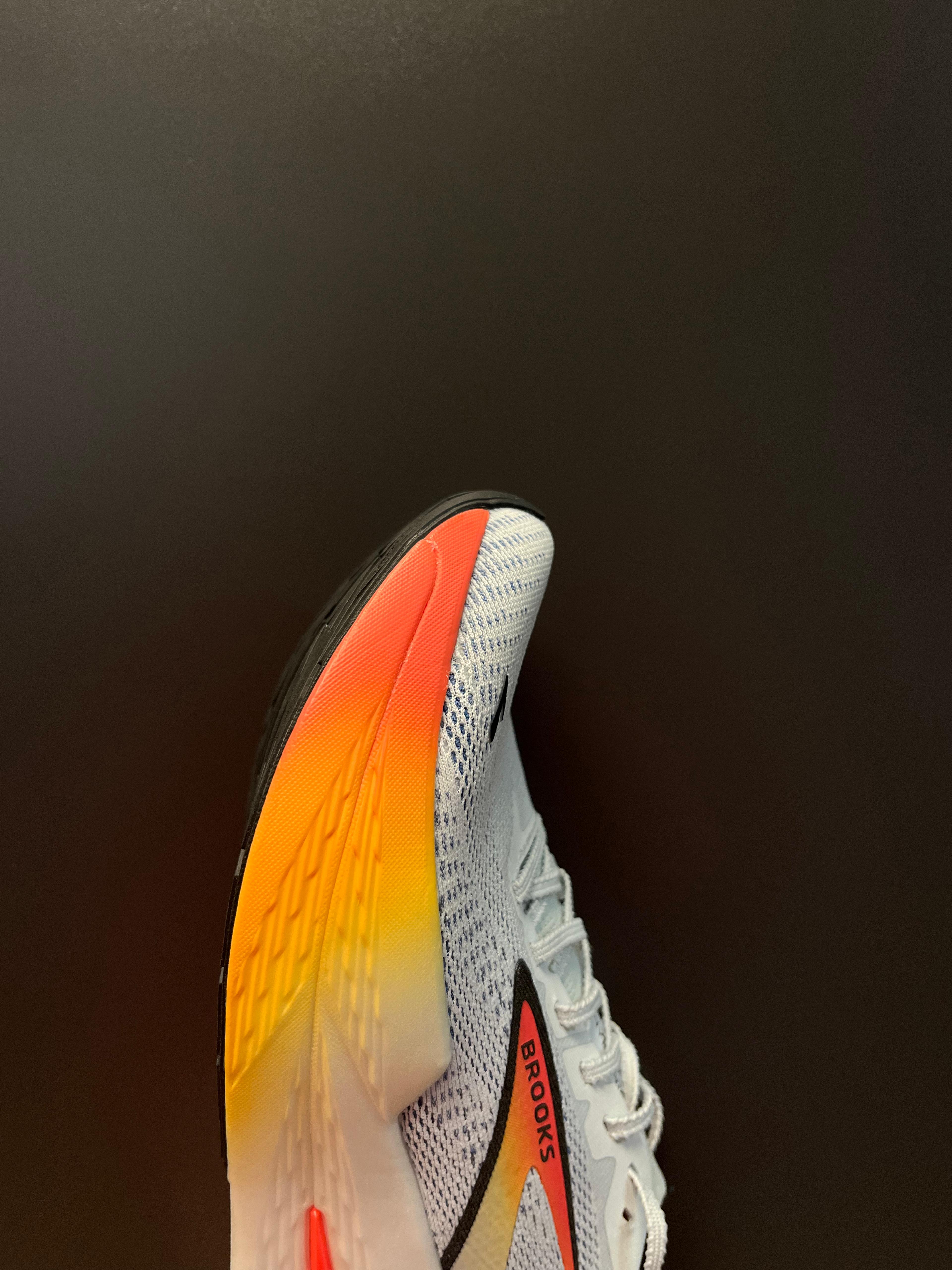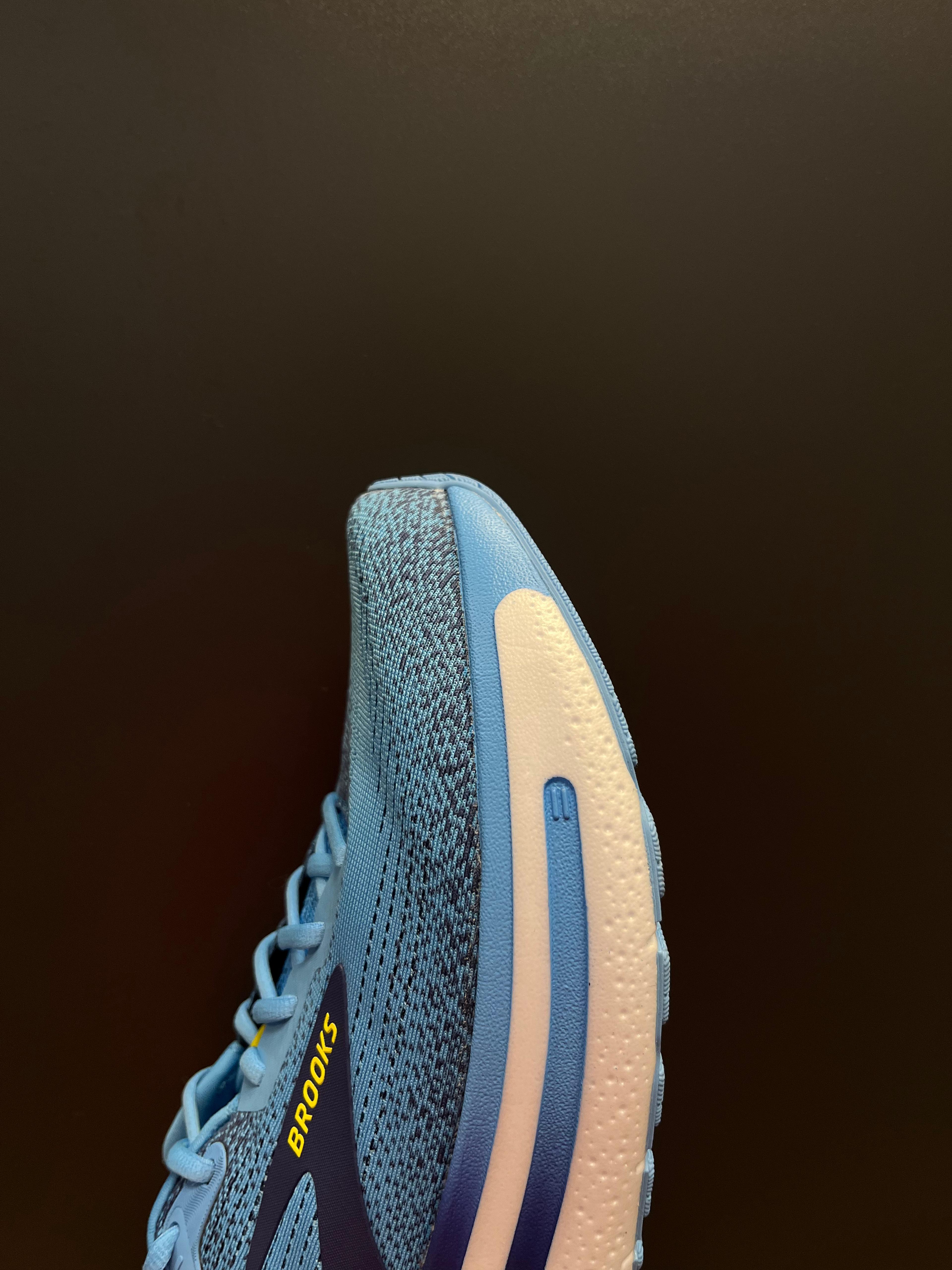How to Pick a Good Running Shoe

Today, I want to share with you some valuable tips on how to pick a good running shoe. As someone who has spent over two years working at a local running shoe specialist store and with one of the biggest running brands, I’ve seen firsthand how the right shoe can make a world of difference in your running experience.
1. Understand Your Pronation Type
The first step in choosing the right running shoe is to determine your pronation type. Are you a supinator (under-pronator), a pronator (over-pronator), or a neutral runner? I always recommend visiting your local running specialist for a proper gait analysis. They can provide insights into your foot mechanics and help you find the best shoe for your needs. This step is crucial because wearing the wrong type of shoe can lead to discomfort and injuries.
2. Choose the Right Terrain
Next, consider where you’ll be running most often. Are you hitting the pavement, or do you prefer trails? Street running shoes typically offer more cushioning and support for hard surfaces, while trail shoes are designed with better traction and durability for uneven terrain. Knowing your primary running environment will help narrow down your options significantly.
3. Cushioning Preferences
When it comes to cushioning, it’s all about personal preference. Some runners prefer a plush, cushioned feel, while others like a firmer, more responsive shoe. I always suggest trying on different models to see what feels best for you. Remember, the right amount of cushioning can enhance your comfort and performance, so don’t hesitate to experiment!
4. The Importance of Fit
Fit is crucial when selecting a running shoe. Always try on shoes at the end of the day when your feet are slightly swollen, as this will give you a more accurate idea of how they will feel during your runs. I can’t stress enough how important it is to ensure that your shoes are at least a half size bigger than your regular shoe size. This extra space allows for foot expansion during runs and helps prevent blisters and discomfort.
5. Don’t Rush the Process
Take your time when trying on shoes. Walk around the store, jog a few steps, and pay attention to how they feel. I enjoy the conversations I have during running analyses because they often reveal that clients initially thought they wanted something different. Sometimes, the shoe that feels best is not the one they had in mind!
6. Consider Your Running Goals
Think about your running goals as well. Are you training for a marathon, or are you a casual jogger? Different shoes cater to different needs, so it’s essential to align your shoe choice with your running objectives. If you’re training for long distances, you might want a shoe with more cushioning and support, while shorter runs might allow for a lighter, more minimal shoe.
7. Don’t Forget About Style
While performance is key, don’t overlook the aesthetic aspect of your running shoes! Choose a design and color that you love, as this can motivate you to lace up and hit the road. After all, feeling good in your gear can enhance your overall running experience.
In conclusion, picking the right running shoe is a personal journey that involves understanding your body, preferences, and goals. By following these tips and seeking expert advice, you’ll be well on your way to finding the perfect pair that will support you on your running adventures. Happy running!


Did you join our newsletter already?
Get the latest running news and event updates directly to your inbox.
